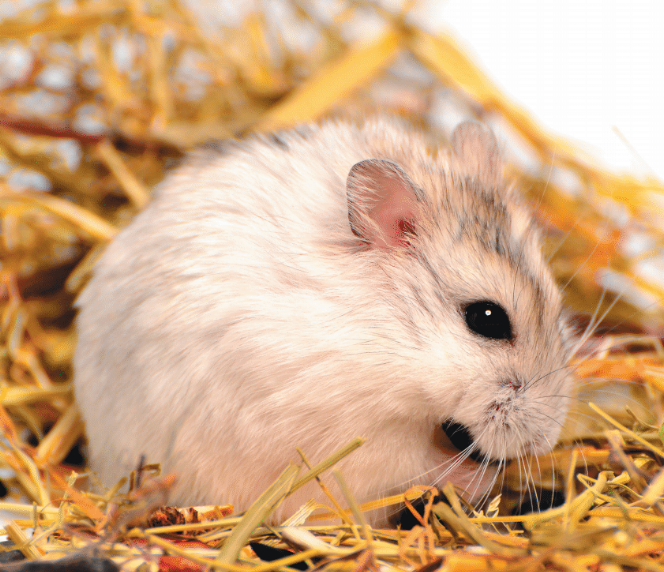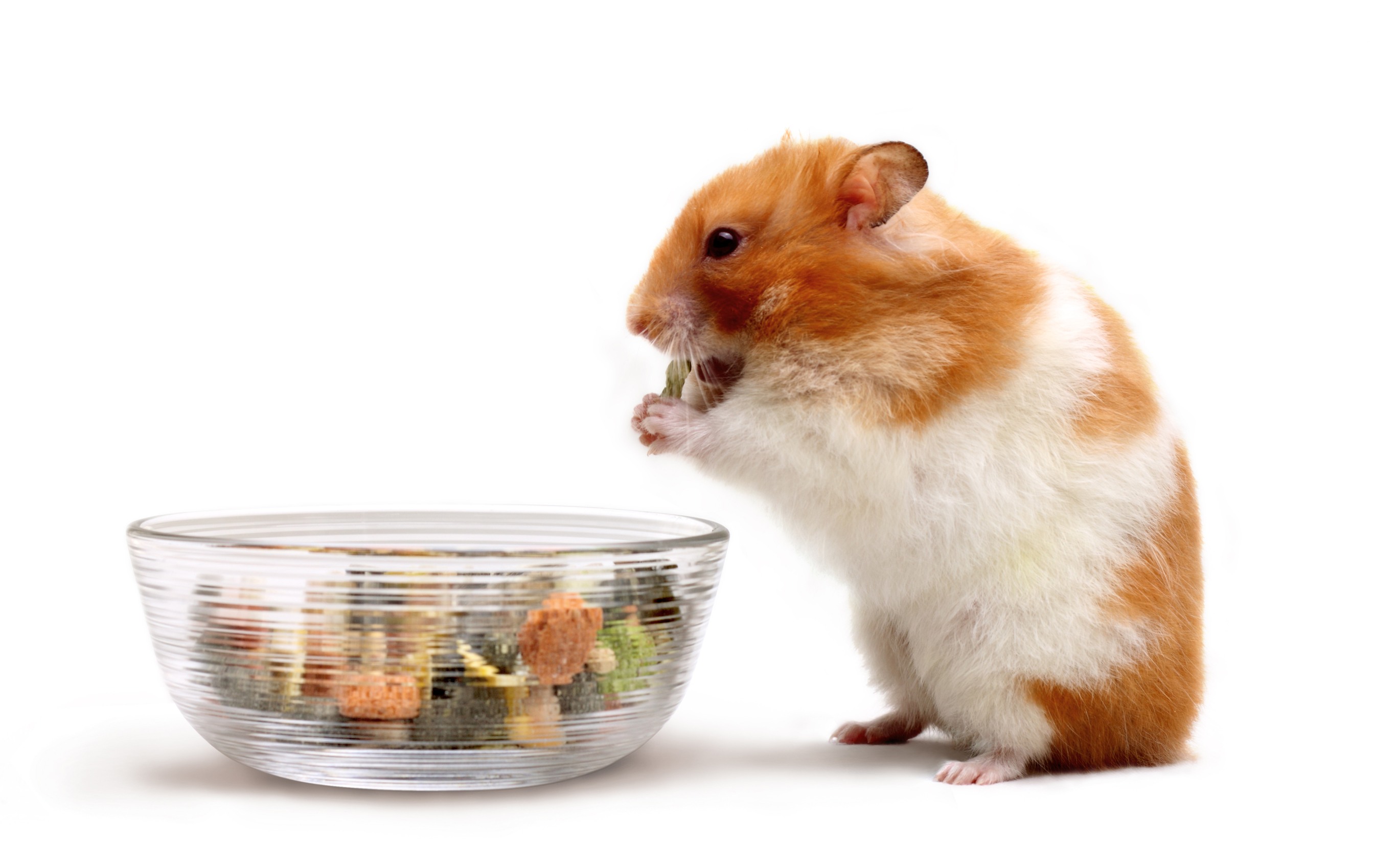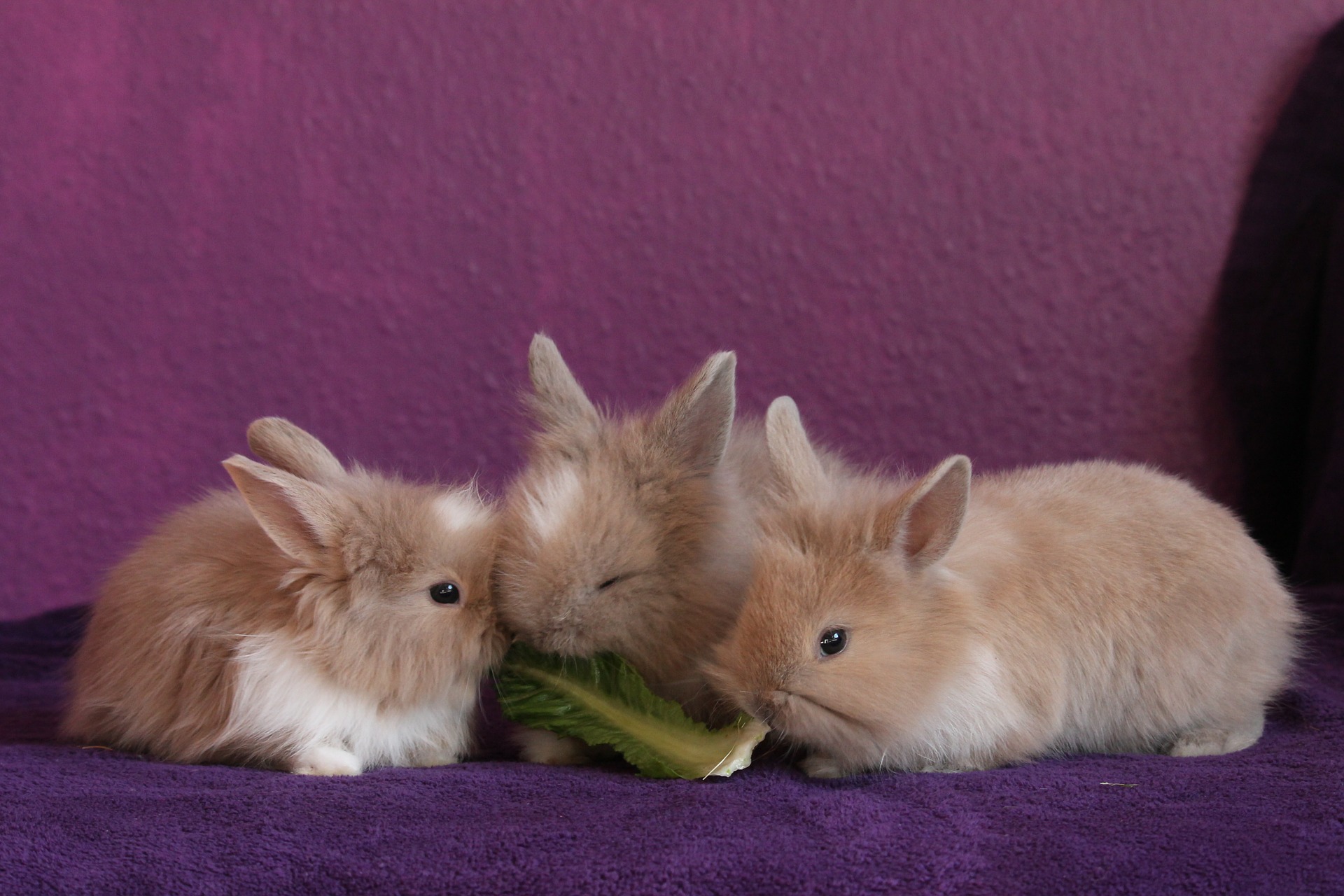Open Doors with ‘Rainbow of Choices’ for Small Animal Daily Diets
Erik J. Martin //July 17, 2018//
Sure, litter looms large. Toys and treats are hard to beat. But there’s no staple more fundamental than furbaby food. Because, chances are, if you carry the right everyday edibles for small animals, you’ll build a loyal clientele who will repeat its eats purchases and pick up other pet essentials and impulse items, too—again and again.
But not every patron (nor their pet) has the same tastes or the same budget. That’s why it’s smart to stock a rainbow of choices at different price points.
Diversify Your Portfolio
Adrian Pannell can vouch for this approach. As the manager of Bill’s Pet Shop in Havelock, North Carolina, she’s helped expand her store’s daily diet set over the years. As a result of that effort, food sales have been solid for the standalone retailer.
“We carry five main brands but offer many different sizes and options from those manufacturers,” said Pannell, whose biggest sellers fall within Kaytee’s Forti-Diet Pro line and Fiesta line and who recently began selling Oxbow’s Essential line of fortified foods, which has been a hit with customers. “We’re finding that more consumers are coming into our store and looking for better quality pet food than they’d find at the Walmart across the street. So it’s important to stock a healthy assortment of better-for-you foods, as well.”
Lucas Stock, communications manager for Omaha, Nebraska-based Oxbow Animal Health, echoes that sentiment.
“Today’s consumers are skilled at cutting through the noise of advertising and know exactly what they’re looking for. More than ever, this means products with wholesome, high-quality ingredients. For some, this might be a focus on whole or novel ingredients. For others, it could mean certified organic or non-GMO options,” said Stock, who cites the company’s USDA-certified Organic Bounty line and Garden Select line (with its Project Non-GMO verified formulas) as crowd-pleasing examples of the latter trend.
Spotlighting new and improved products is a proven way of getting sales traction, too. The latest fresh offerings in this category include Vitakraft’s Vita Balance diets, introduced at Global Pet Expo back in March; Supreme Petfoods’ Selective Naturals Grain Free Rabbit Food and Guinea Pig Food; Scarlett’s Nutra food line, featuring a new and improved formula; and a Premium Insectivore Diet by Exotic Nutrition.
You Are What You Eat
While it’s hardly a news flash, many small animal owners remain highly conscious of the ingredients in their pets’ foods and where they are sourced.
“Veterinarians and small animal health practitioners continue to recommend that you pay attention to the quality of your pet’s food,” noted Melanie Allen of Mansfield, Massachusetts-headquartered Hagen Group, the largest privately owned, multi-national pet goods maker and distributor on the planet—known for its Classic line, Original Plus line, Gourmet Mix line and Extrusion Diet line of foods.
To help you decide on the right brands to carry, put yourself in your shoppers’ shoes.
“What are they asking for on a regular basis? Is it specific ingredients or a particular format, such as uniform food with certain key ingredients?” Stock asked. “These are questions you can address that will help you build a food set that’s right for your aisle and best built to satisfy your clientele.”
Be careful not to settle for lower margins on sub-premium purchases. And don’t just focus on the brand, either—aim to offer variety in the types of foods you sell, too. For instance, fortify your set with a few enriched foraging diets, like Vitakraft Sun Seed’s Sun-Fun line, boasting oven-baked cookies. And promote value in the form of an all-in-one food and treat product like Brown’s Extreme! Gourmet foods.
Not Just Pellets
Allen says more experts are also “encouraging feeding strategies that coincide with their special needs. For example, rabbits need a lot more hay products in their diet as opposed to traditional pellets.”
Indeed, little critters cannot live on seeds, nuts and/or pellets alone, which is why hay products deserve ample space on your shelves, too.
“For herbivores like rabbits, guinea pigs and chinchillas, at least 70 percent of their daily diet should consist of grass hay to meet their specific physiological needs, including dental and digestive health,” Stock said.
One notable brand is Living World’s Timothy or alfalfa hay, which Allen recommends cross-promoting with the Living World Hay Wheel, a product that resembles an exercise wheel but which is filled with hay to prevent it from getting soiled, wet and ruined on the bottom of the cage.
“Many pet owners also find feeding their pet a gel diet is fun for both themselves and their pets,” said Dr. Troy Tollefson, nutritionist at Mazuri Exotic Animal Nutrition, founded in 1989 and known for its gel-powder formulas that pet owners can mix at home with water and vegetables, refrigerate, and cut into desired sizes. “These unique diets provide pets with a nutritionally balanced, higher-moisture option and appropriate levels of a variety of nutrients, including calcium, phosphorus and vitamin A.”
Shelf Secrets
Merchandising small mammal food isn’t rocket science. Good signage and attention-getting discounts and promotions can work wonders, of course, but smart retailers should also take the time to consider location carefully.
“We place our small animal foods adjacent to bedding products and opposite our treats section,” Pannell said. “We’ve positioned the foods deeper in the store so that shoppers have to walk past our small animals for sale first. This way, along their path they might see another cute animal they want to buy.”
Pannell organizes the foods by species, placing hamster, gerbil, rat and mouse offerings on the top shelf, with rabbit entrees on the shelf below it and guinea pig diets on the shelf below that.
Additionally, “your staff has to be knowledgeable about the healthiness of the food you’re feeding and the ingredients in the package,” Pannell said. “It’s important to educate the customer about choosing better-for-you food options, and you have to teach them that they get what they pay for. Cheaper foods are often not as nutritious.”
Offering educational pamphlets and product literature can help.
“Oxbow, for example, offers species care guides, available to our retail partners through our sales reps, for display and distribution in the aisle,” Stock noted.



















